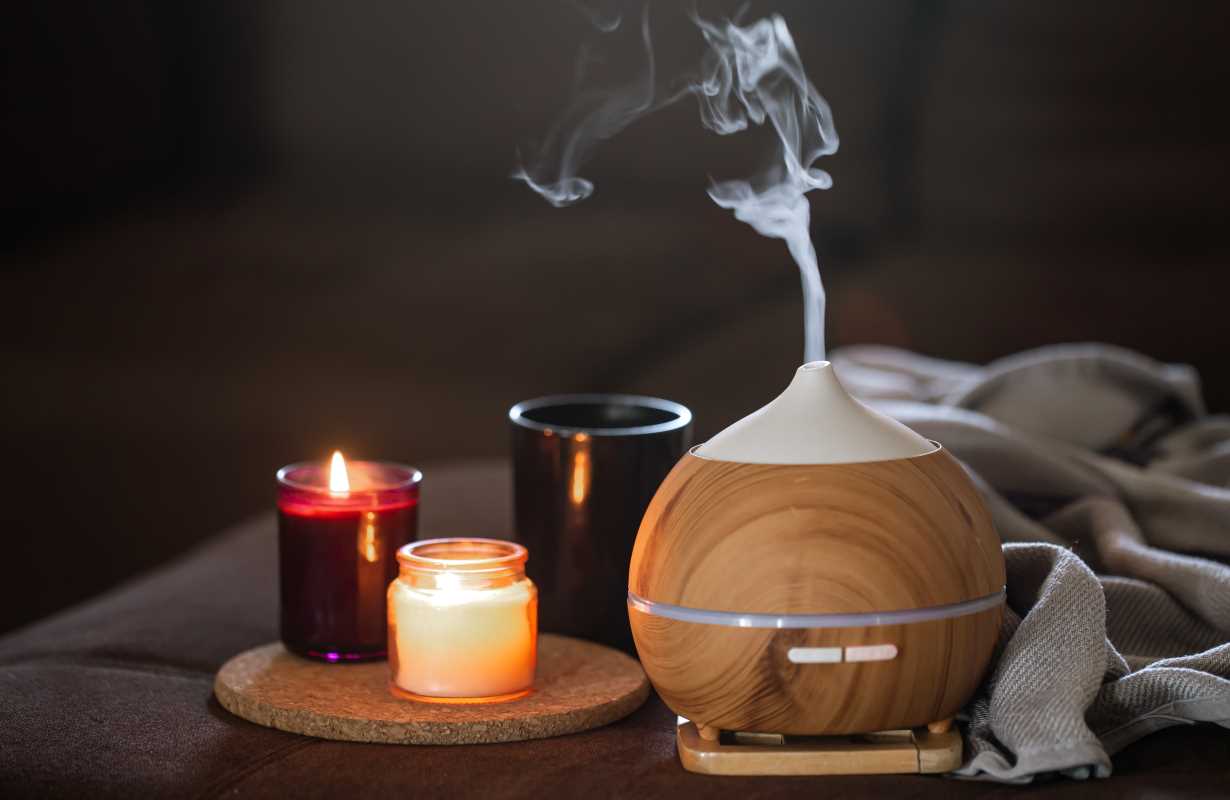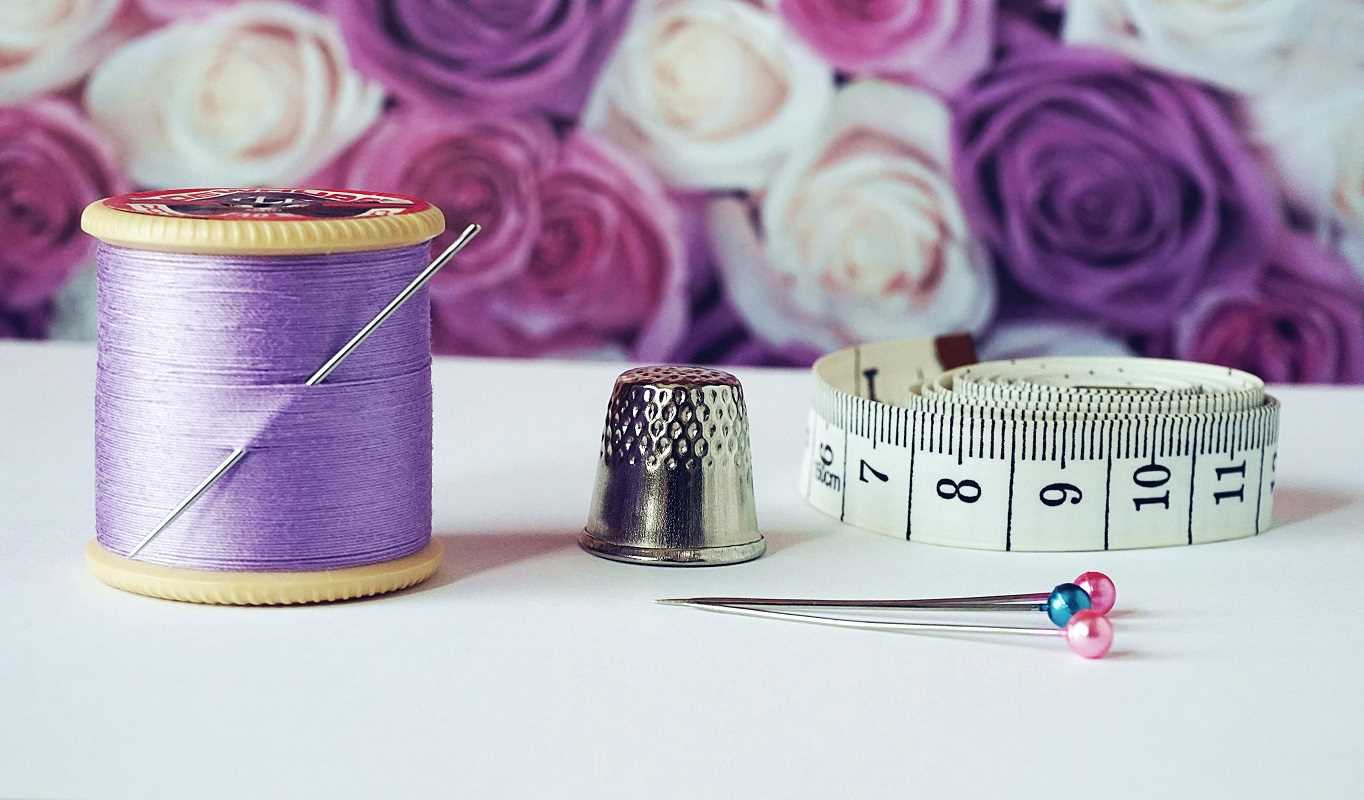Knitting is more than just a craft; it’s a therapeutic act that can calm the mind and bring a sense of peace in a hectic world. With its repetitive motions and creative process, knitting has a natural rhythm that promotes mindfulness and offers a welcome escape from stress. Slow knitting, in particular, takes this one step further by encouraging us to savor the process rather than rush to finish a project. This mindful approach to knitting not only nurtures creativity but also creates moments of peace and healing.
Why Slow Knitting is a Healing Practice
Knitting engages both the mind and body, offering numerous benefits for mental health and overall well-being. Studies have shown that activities like knitting reduce cortisol levels, which helps lower stress. The repetitive rhythm of knitting triggers a meditative state, where your focus shifts away from the stresses of daily life and settles on the simple, satisfying motions of needles and yarn.
Slow knitting further enhances this experience by encouraging knitters to appreciate each stitch they create. It’s not about rushing to complete a project but about enjoying the tactile and visual beauty of the process. This mindful approach can help knitters feel grounded, present, and connected to their creativity.
Therapeutic Knitting Projects to Try
To reap the healing benefits of slow knitting, choose projects that are simple enough to relax into while offering just enough variety to keep your interest. Below are some beginner-friendly projects designed for relaxation. Each project is paired with a link to its instructions, so you can get started immediately!
1. Brightside Cowl
The Brightside Cowl is perfect for those seeking an easy, enjoyable project. Its simple garter stitch design is knit like a scarf, with the ends joined using the three-needle bind-off technique. The project involves two-row stripes, which add a playful touch without being overly complex.
What makes this project so meditative is its straightforward construction. Whether you’re using leftover yarn or experimenting with colorful combinations, the repetitive nature of the garter stitch lets your mind settle into a calming rhythm. You can either use straight needles or circular needles, working back and forth.
- Get the pattern: Brightside Cowl by Elizabeth Smith Knits
2. Saturday Sleeves
Saturday Sleeves are simple arm warmers made using a stockinette stitch. The design is relaxing and straightforward, especially if you’re already comfortable with using double-pointed needles (DPNs) or the magic loop method.
This project is ideal for unwinding after a long day. Because it’s repetitive and uses worsted-weight yarn, you don’t have to think too hard about counting or stitch complexity. The rhythm of knitting these sleeves provides a soothing flow, making them the perfect companion for mindful TV time or quiet moments.
- Get the pattern: Saturday Sleeves by Elizabeth Smith Knits
3. Gray Street Cowl
The Gray Street Cowl is another excellent slow-knitting project that combines simplicity with versatility. The pattern involves working the same stitches in every round, creating a lovely, repetitive rhythm that’s genuinely calming. The option to use multiple colors adds a fun twist, or you can keep it monochromatic for an equally stunning look.
This project is available in two sizes, a long infinity-style or a short neckwarmer-style cowl, allowing you to choose based on personal preference and time. The result is a cozy accessory and a knitting experience that promotes mindfulness.
- Get the pattern: Gray Street Cowl by Elizabeth Smith Knits
The Meditative Aspects of Knitting
One of the most profound benefits of knitting is how it connects us to the present moment. Much like traditional meditation, knitting encourages you to focus your attention on something simple and repetitive, which quiets the mind and reduces anxiety. For example:
- Rhythm and Flow
- Whether you’re knitting rows of garter stitch or stockinette, the repetitive nature of these patterns creates a soothing cadence. This rhythm is similar to rhythmic breathing exercises in meditation, which can help regulate stress levels.
- Sensory Engagement
- The feel of yarn sliding through your fingers and the gentle click of needles create a multi-sensory experience. This tactile engagement fosters a deeper connection to the task at hand, further enhancing mindfulness.
- Achievement and Patience
- Watching your project grow stitch by stitch reinforces the value of patience and persistence. Each finished piece becomes a rewarding reminder of the time and care you’ve invested.
Tips for Getting Started with Slow Knitting
If you’re new to knitting or simply looking to adopt a slower, more mindful approach, here are some tips to help you get started:
1. Choose Simple, Repetitive Patterns
Stick to patterns with basic stitches like garter, stockinette, or ribbing. These stitches are easy to memorize and allow your hands to work rhythmically without constant concentration.
2. Create a Relaxing Environment
Set up a cozy space for your knitting practice. A comfortable chair, soft lighting, and calming music or silence can elevate the experience.
3. Focus on the Process
Rather than prioritizing productivity, enjoy the act of knitting. Pay attention to the texture of the yarn, the rhythm of your hands, and the transformation of your project.
4. Use Quality Materials
Soft, high-quality yarn and comfortable needles enhance the tactile aspect of knitting and make the process more enjoyable. Bamboo or wooden needles are excellent for beginners, as they provide better grip and control.
5. Knit for Short Sessions
Start small by dedicating 15 to 30 minutes to your knitting practice. Over time, this routine can naturally expand as you find it comforting and restorative.
6. Try Group Knitting
Connecting with a local knitting group or joining an online community can make the practice even more rewarding. Sharing progress and learning from others creates a shared sense of accomplishment.
When you adopt the principles of slow knitting, you’re not just creating scarves, cowls, or mittens; you’re crafting a deeper connection to yourself and the present moment. Each project becomes an opportunity to step back from the race of life, breathe deeply, and find joy in the simple act of creating.
 (Image via
(Image via





